Living in New York, whether it’s vibrant New York City, bustling Buffalo, or scenic Rochester, comes with undeniable perks. But one common struggle among residents from the Bronx to Binghamton is dealing with high utility bills. With the average New York household spending upwards of $2,400 annually on electricity, gas, and water, the pinch can be especially hard for low- and middle-income families. The good news? There are numerous little-known assistance programs that can help ease this burden—for renters, homeowners, and even small business owners. Unfortunately, most New Yorkers aren’t even aware these programs exist or how easy it can be to qualify.
This guide will uncover these hidden gems: state, city, county, and regional programs designed to help you pay your electric, water, and gas bills—no matter where in New York you live.
The Cost of Utilities in New York: An Eye-Opening Overview
Utility prices in New York are among the highest in the nation, especially across big cities and upstate communities experiencing colder winters.
-
Electricity: NY residents pay an average of $0.20 per kWh—far above the national average. NYC apartments may see monthly electric bills from $75 (studio) to $200 or more (family unit) in summer.
-
Natural Gas: The average household spends $700–$1,000/year just for heating and hot water.
-
Water: In NYC, annual water bills for single-family homes average nearly $1,000, while multifamily dwellings pay even more. Rates are high in Buffalo, Syracuse, and Albany, too.
Add it up, and families in cities like Rochester or Yonkers easily spend over $2,500 each year just keeping the lights on and the water running.
Statewide Energy Support: New York’s Most Helpful Programs
HEAP (Home Energy Assistance Program)
The Home Energy Assistance Program (HEAP) is the main safety net for struggling New Yorkers. Every year, more than 1.5 million households across the state receive grants to help cover electricity, gas, fuel oil, or even wood pellets.
-
How it works: Payments go directly to your energy provider. For New Yorkers in cities like Syracuse, Utica, or Poughkeepsie, this can mean several hundred dollars shaved off winter heating bills.
-
Who’s eligible: Low-income households, especially seniors, people with disabilities, and families with children.
-
What you can get: Regular HEAP grants range from $21 to over $1,000 per season, depending on income and energy costs.
-
Where to apply: Local DSS (Department of Social Services) offices and many community organizations.
Energy Affordability Program (EAP)
Major electric and gas utilities like Con Edison (NYC, Westchester), National Grid (Brooklyn, Queens, Staten Island, Long Island), and NYSEG (upstate) offer their own discount programs. If you get HEAP, SNAP, SSI, or similar, you may be automatically enrolled in EAP, reducing your monthly utility bill by up to 20%.
-
Example: In Buffalo, a National Grid customer on EAP may save $16/month or more on gas and electric bills, automatically deducted.
Emergency HEAP
When the winter cold bites or you’re about to run out of heating fuel, Emergency HEAP provides a one-time crisis grant. Ideal for sudden furnace breakdowns or threats of shut-off, especially in wintry counties like Erie, Monroe (Rochester), or Onondaga (Syracuse).
NYSERDA’s Assisted Home Performance with ENERGY STAR
For longer-term savings, the New York State Energy Research and Development Authority (NYSERDA) offers up to 50% off the cost of major energy-efficiency upgrades—think insulation, new boilers, or windows. That means lower utility bills for years to come.
-
Eligibility: Many homeowners in NYC boroughs and upstate cities with moderate incomes can qualify.
City-Specific Programs You Probably Haven’t Heard Of
New York City (Manhattan, Bronx, Queens, Brooklyn, Staten Island)
NYC has the nation’s largest concentration of renters and public housing, so the city’s Department of Social Services and the Human Resources Administration run multiple utility aid programs. These include:
-
Special grants for emergency arrears (back bills).
-
Senior Citizen Rent Increase Exemption (SCRIE) and Disabled Rent Increase Exemption (DRIE): These freeze rent for qualifying individuals, indirectly lowering utility costs by stabilizing housing expenses.
-
Con Edison’s EnergyShare: For city residents facing utility shutoffs, EnergyShare can help with up to $200 toward bills in an emergency.
Buffalo
Buffalo residents benefit from local Office of Temporary and Disability Assistance partnerships, as well as National Fuel’s Neighbor for Neighbor program—a fund to help with gas bills for those facing emergency situations.
Rochester
The City of Rochester leverages regional programs through Rochester Gas and Electric (RG&E)—including the Energy Assistance Program and occasional city-sponsored utility relief funds for low-income residents.
Syracuse
Home HeadQuarters and the City of Syracuse periodically offer weatherization and bill reduction programs targeted to at-risk families and elderly residents.
Yonkers & the Hudson Valley
Yonkers partners with utility companies and nonprofits to help qualifying families. Westchester County’s Department of Social Services works with Con Edison and NYSEG to connect families to bill-reduction programs.
Water Bill Assistance: Programs Beyond the Power Bill
NYC’s Water Assistance Program
Not only does New York City help with electricity and gas, but it’s also the only major US city offering a formal Water Assistance Program. This program lowers water bills for thousands of low-income households—a critical benefit since NYC’s water rates have risen steadily for more than a decade.
-
Who qualifies: Households already receiving LIFELINE, HEAP, or SNAP.
-
How to apply: Through the NYC Department of Environmental Protection.
Regional Programs in Upstate NY
Many upstate cities have unique arrangements to help residents avoid water shut-offs or catch up on overdue bills. Cities like Albany, Buffalo, and Syracuse work with local nonprofits to offer one-time grants or payment plans.
Gas Bill Support: Special Programs for Heat and Hot Water
National Grid’s Energy Assistance
National Grid, serving major portions of Brooklyn, Queens, Staten Island, and upstate cities like Albany, Schenectady, and Niagara Falls, offers help through:
-
Low Income Discount: Automatically applied to eligible accounts, reducing gas bills by up to 35%.
-
Care & Share: Offers direct financial aid for emergency situations.
Con Edison’s Payment Assistance
Con Ed, covering Manhattan, the Bronx, and most of Westchester, provides monthly discounts to low-income customers and flexible payment plans for those struggling to pay.
Local Gas Providers’ Options
Smaller gas utilities across New York, such as Central Hudson Gas & Electric (Poughkeepsie, Kingston) and Orange & Rockland (Hudson Valley, Rockland County), offer similar programs if you receive public assistance or are at risk of shut-off.
Who Qualifies? Surprising Eligibility Criteria and How To Apply
Many residents never apply because they assume they won’t qualify or that the process is too complicated. In reality, eligibility may be easier than you think:
-
Income Guidelines: Vary by program, but a family of four with annual income up to $67,000 may qualify for some assistance.
-
Automatic Enrollment: If you receive SNAP, Medicaid, SSI, or TANF, many programs automatically make you eligible.
-
Other Criteria: Senior citizens, the disabled, and those with high medical expenses have additional routes to qualify.
Step-by-Step Application Tips
-
Collect Documentation: Proof of income, utility bills, ID, and public benefit enrollment.
-
Check Multiple Programs: You can qualify for HEAP, EAP, and water assistance simultaneously.
-
Apply Early: Most programs open for applications in the fall and distribute funds on a first-come, first-served basis.
Common application points include your local DSS, official program websites, or even community nonprofits that help with paperwork.
Tips to Lower Your Bills Today (Even Without a Program)
Even if you don’t qualify for or receive utility aid, smart tactics can cut your bills:
-
Enroll in Budget Billing: Most utilities average your costs over the year, avoiding huge winter spikes.
-
Use Smart Thermostats: Lowering your thermostat just 2°F can save 4–6% on heating costs per winter.
-
Upgrade Lighting: Switching to LED bulbs reduces electricity usage by up to 75%.
-
Schedule an Energy Audit: Many NY utilities provide free or discounted audits that can pinpoint savings.
-
Install Low-Flow Fixtures: Reduces water usage and the energy needed for hot water.
Conclusion: Don’t Leave Money on the Table—Act Now!
High utility costs don’t need to be inevitable. Whether you live in Manhattan, Yonkers, Buffalo, or Rochester, New York State has an extensive safety net that most people overlook. Don’t let pride, confusion, or misinformation keep you from the help you deserve. These hidden programs can help you and your neighbors keep the lights on, the water running, and your savings protected.
If you think you might be eligible—or know someone who could benefit—take twenty minutes to explore your options and apply. Relief could be just a phone call or an online form away. By tapping these resources, you’ll not only ease your monthly budget but also strengthen your community by ensuring everyone can afford this basic necessity.
Remember: New York’s energy and utility assistance programs aren’t just for extreme poverty or crisis—they’re for working families, seniors, and anyone feeling the squeeze in today’s economy. Spread the word, help your neighbors, and don’t miss out on the support designed for you.

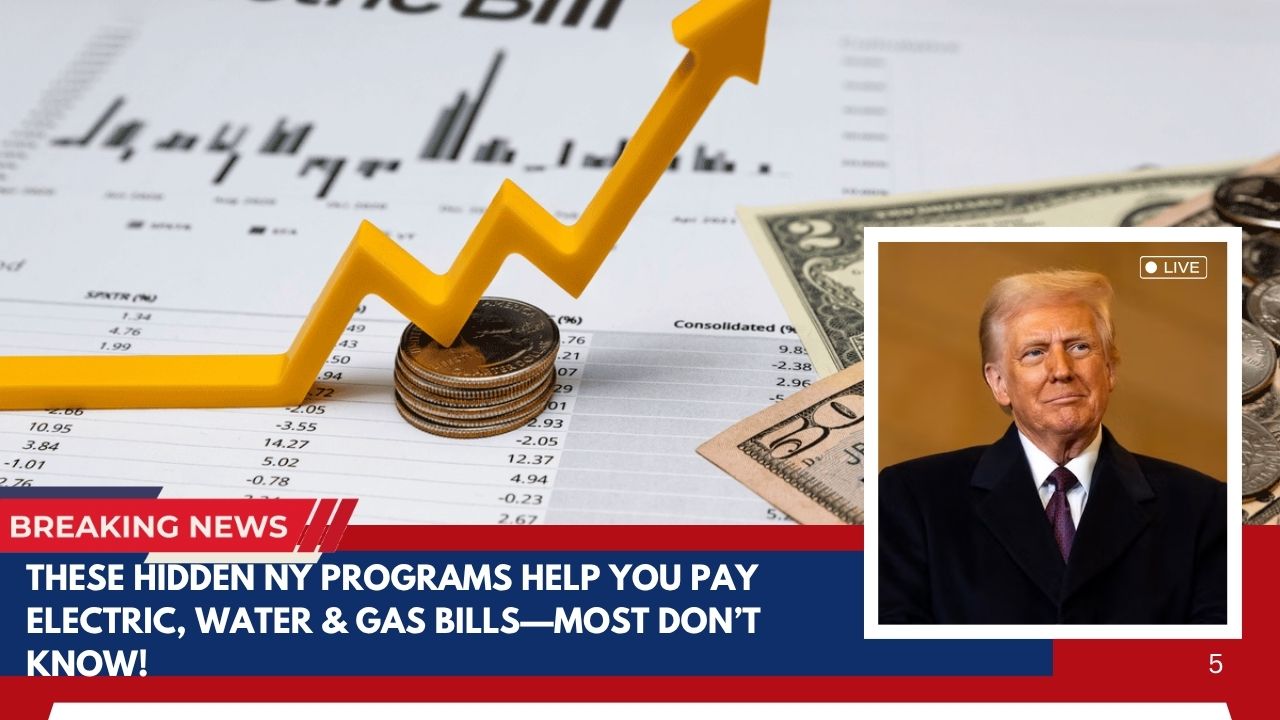
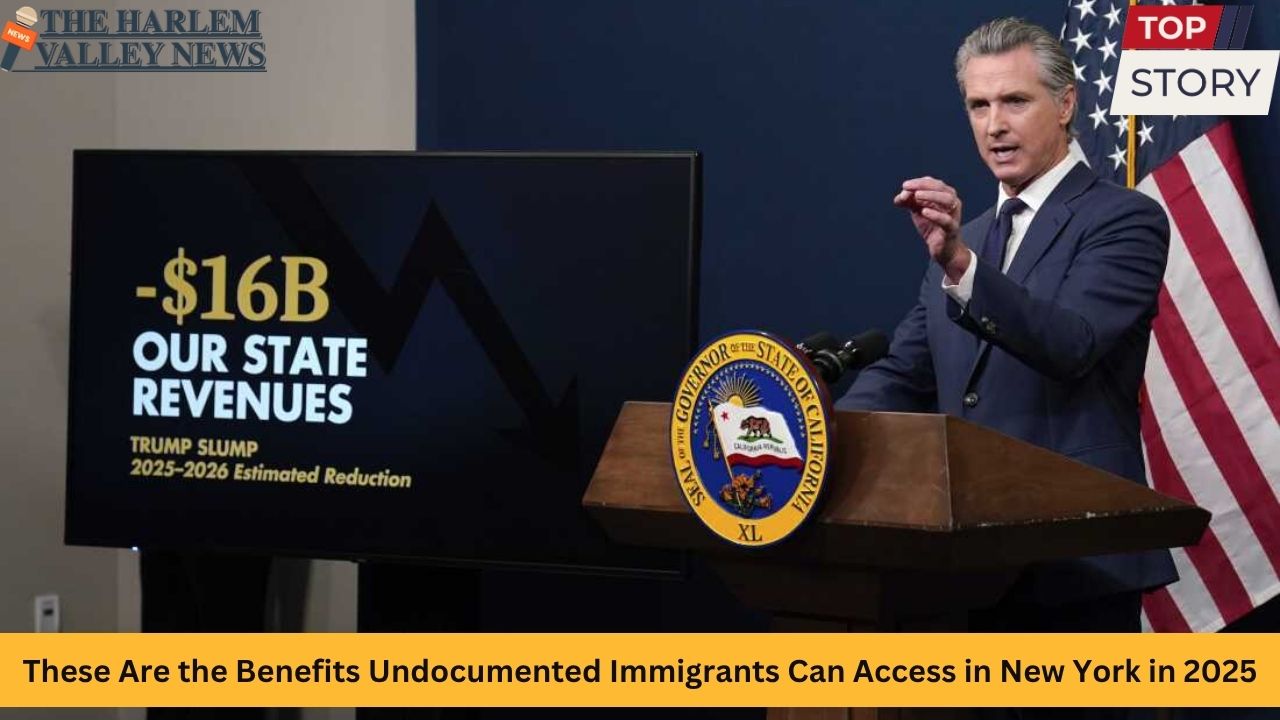
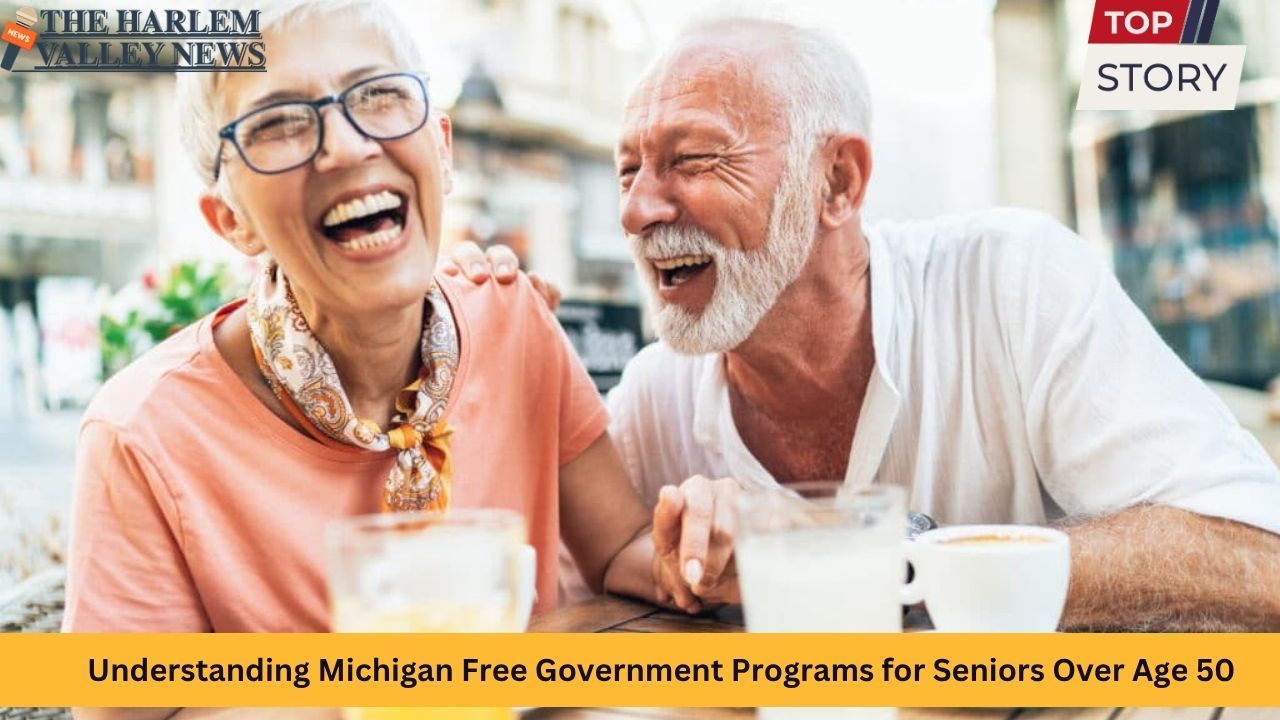
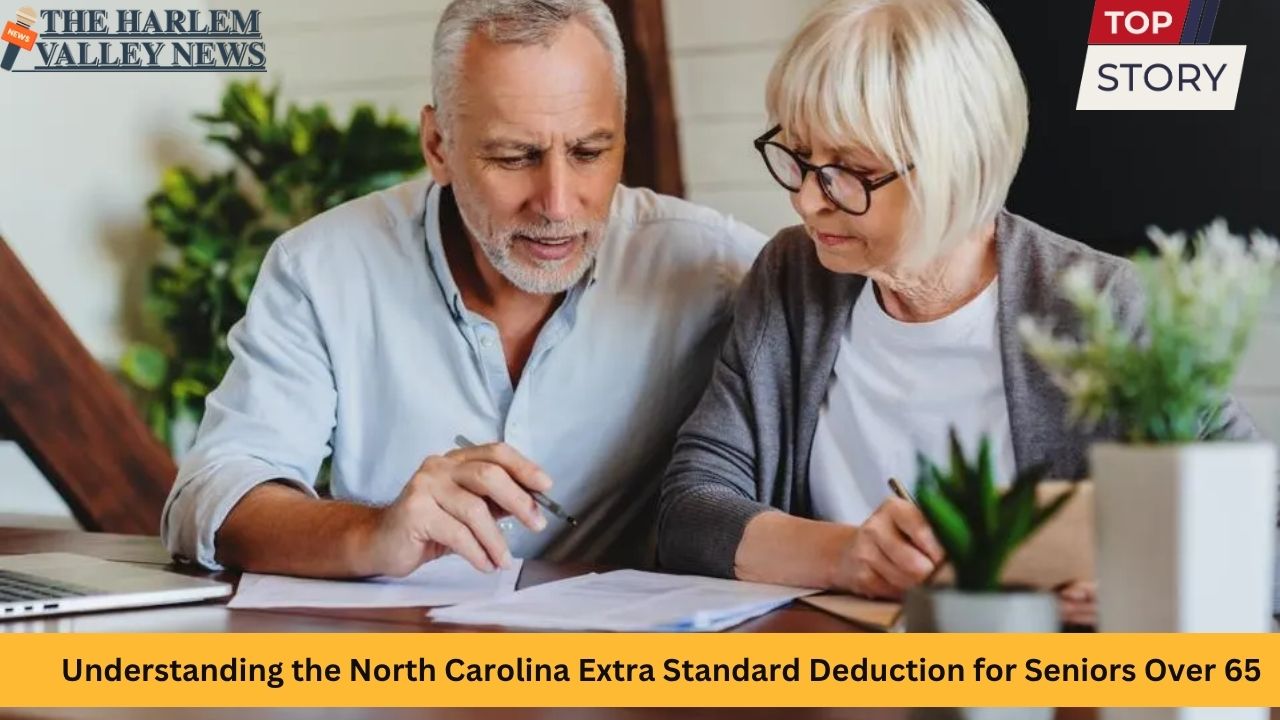


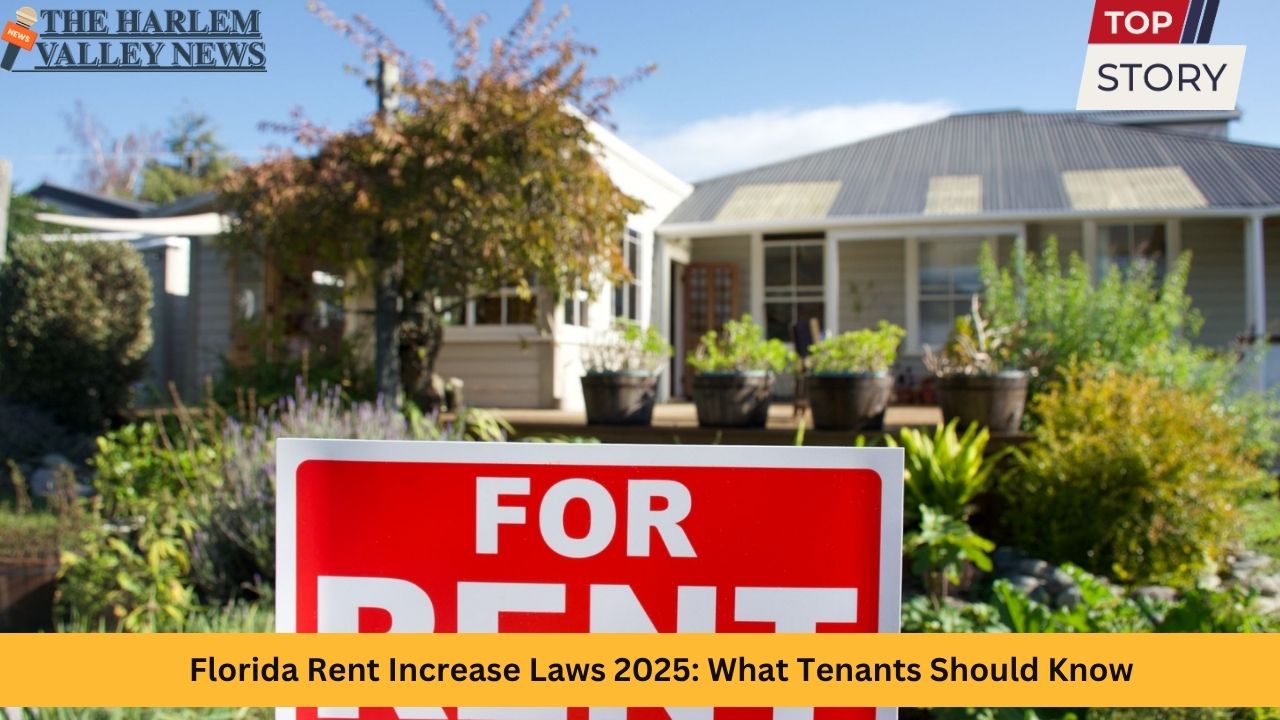
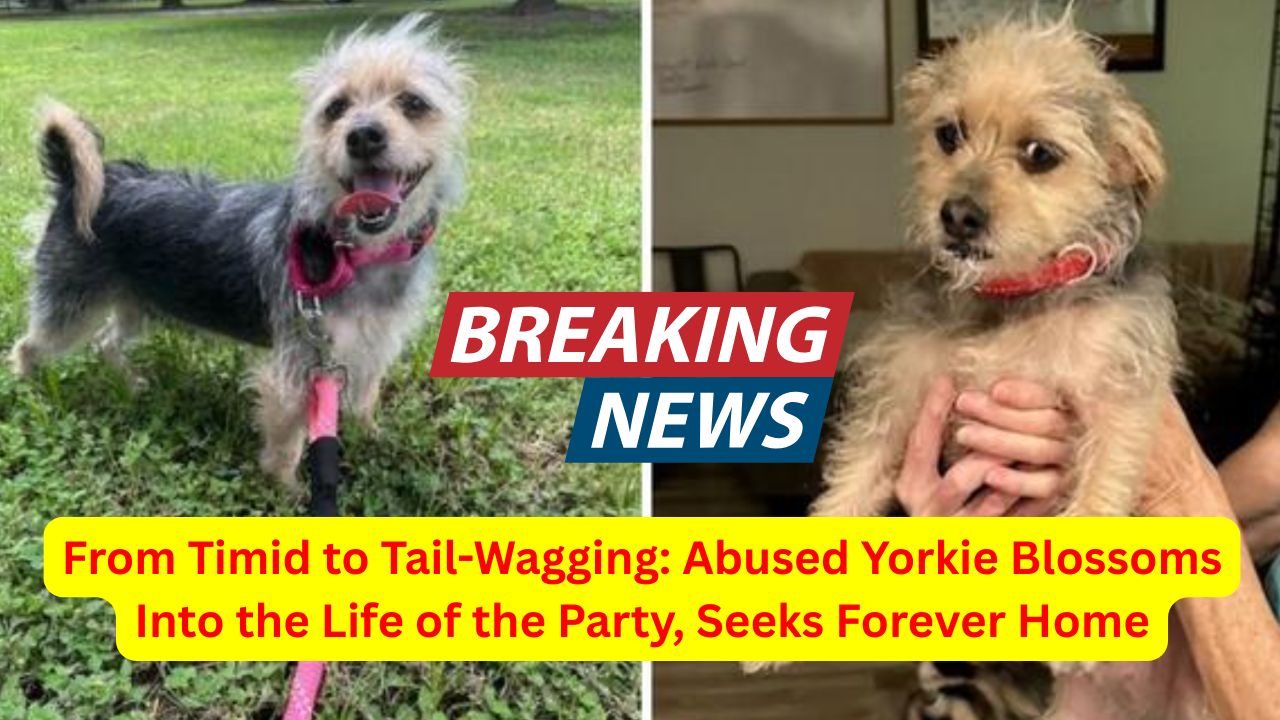
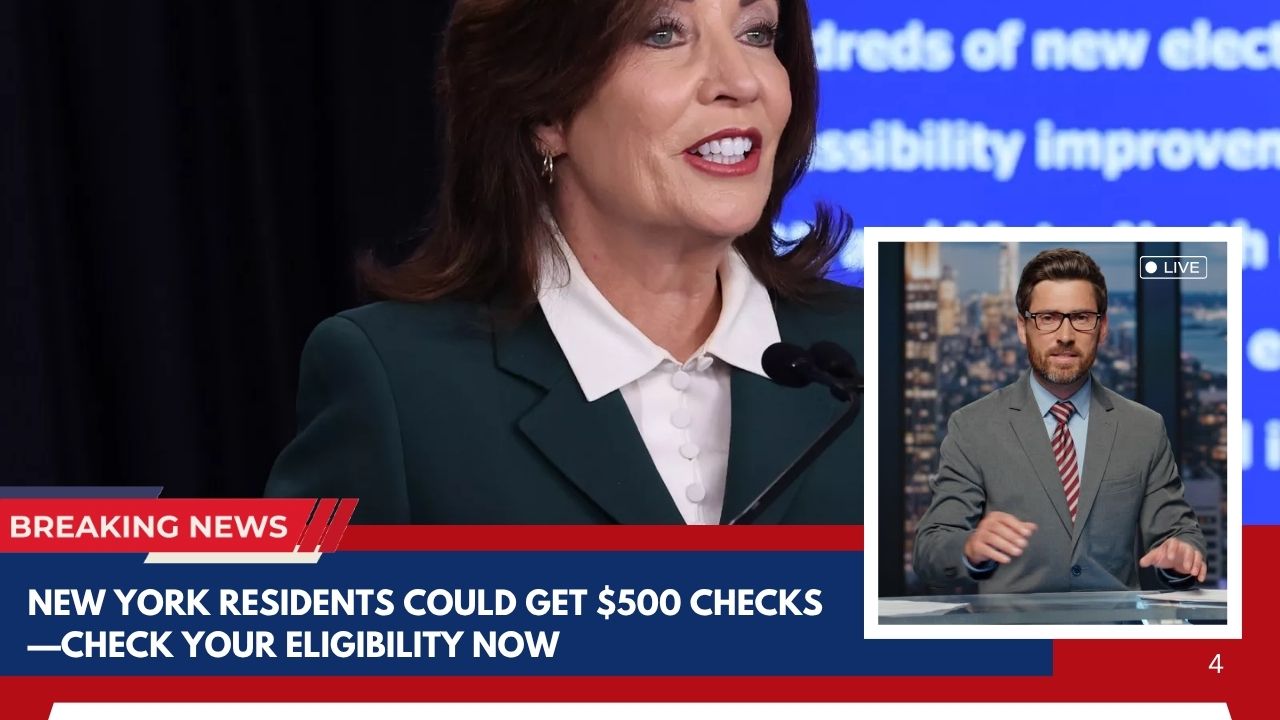
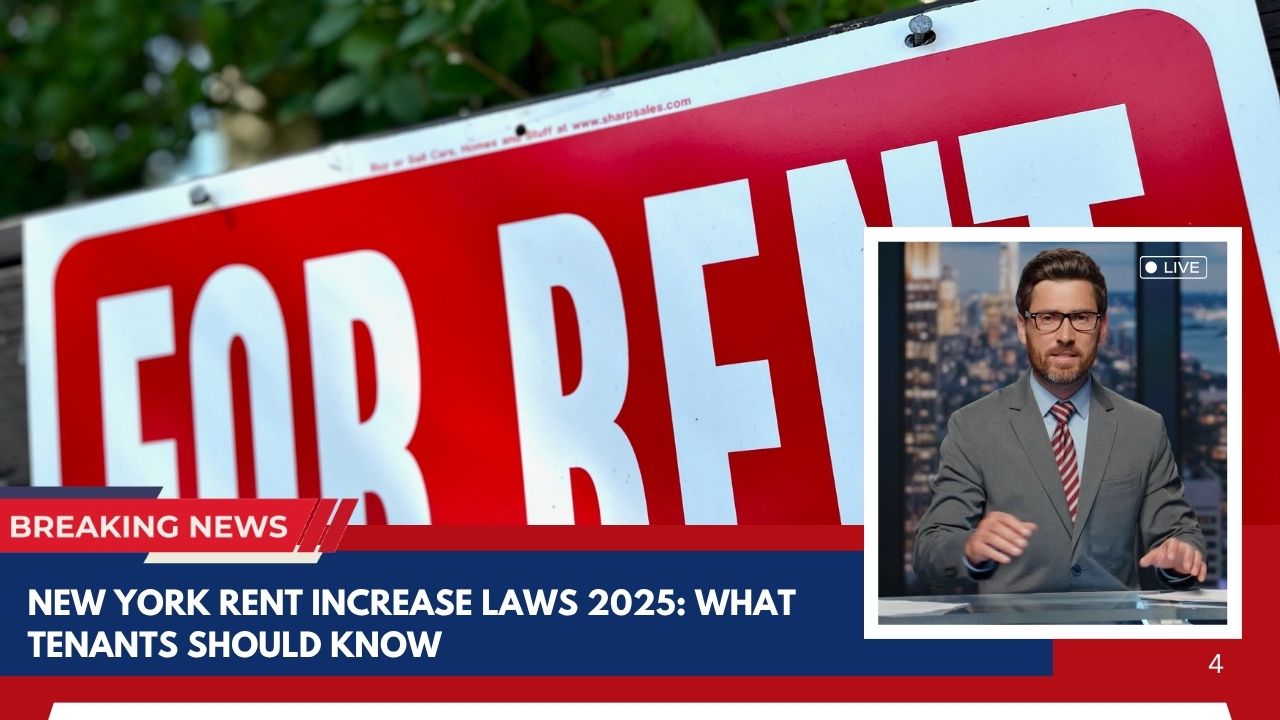
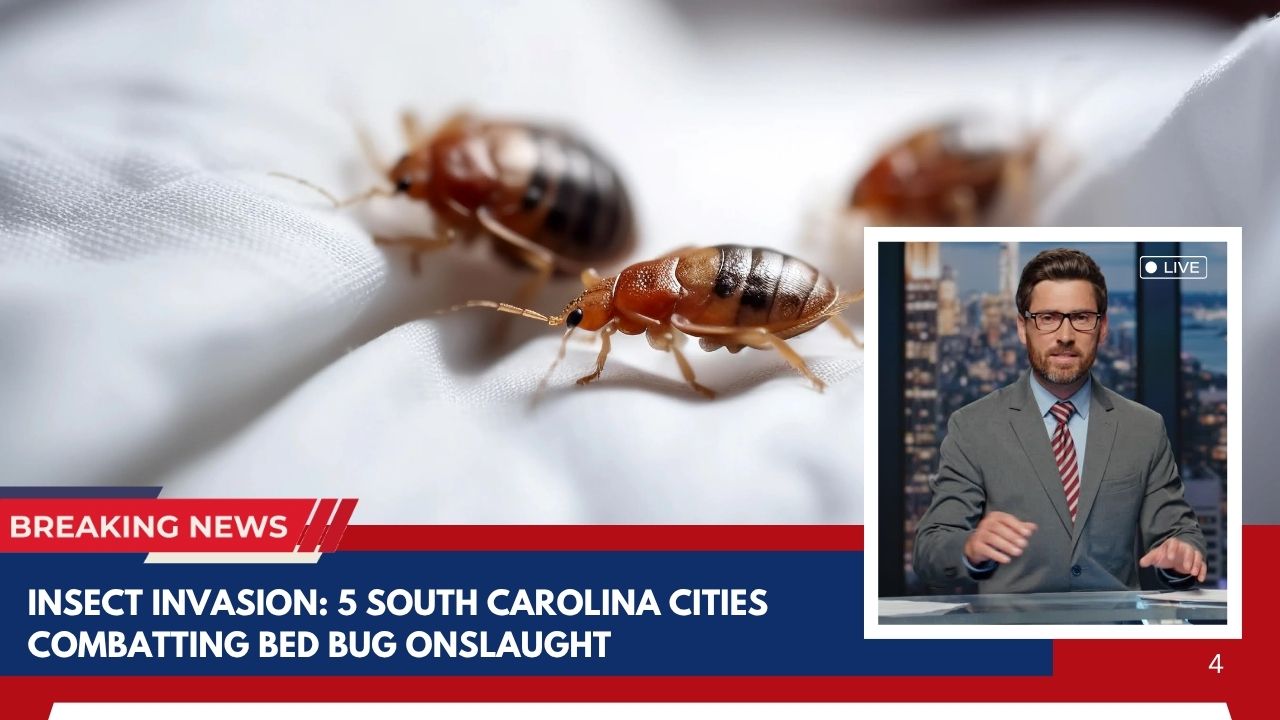
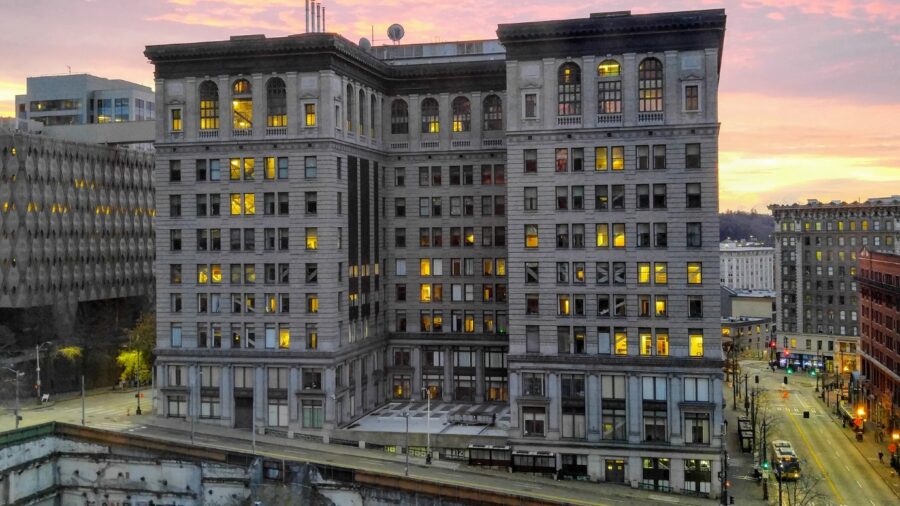
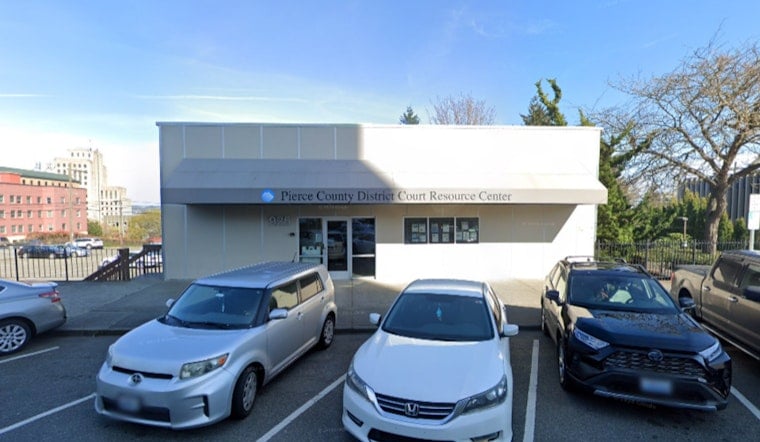
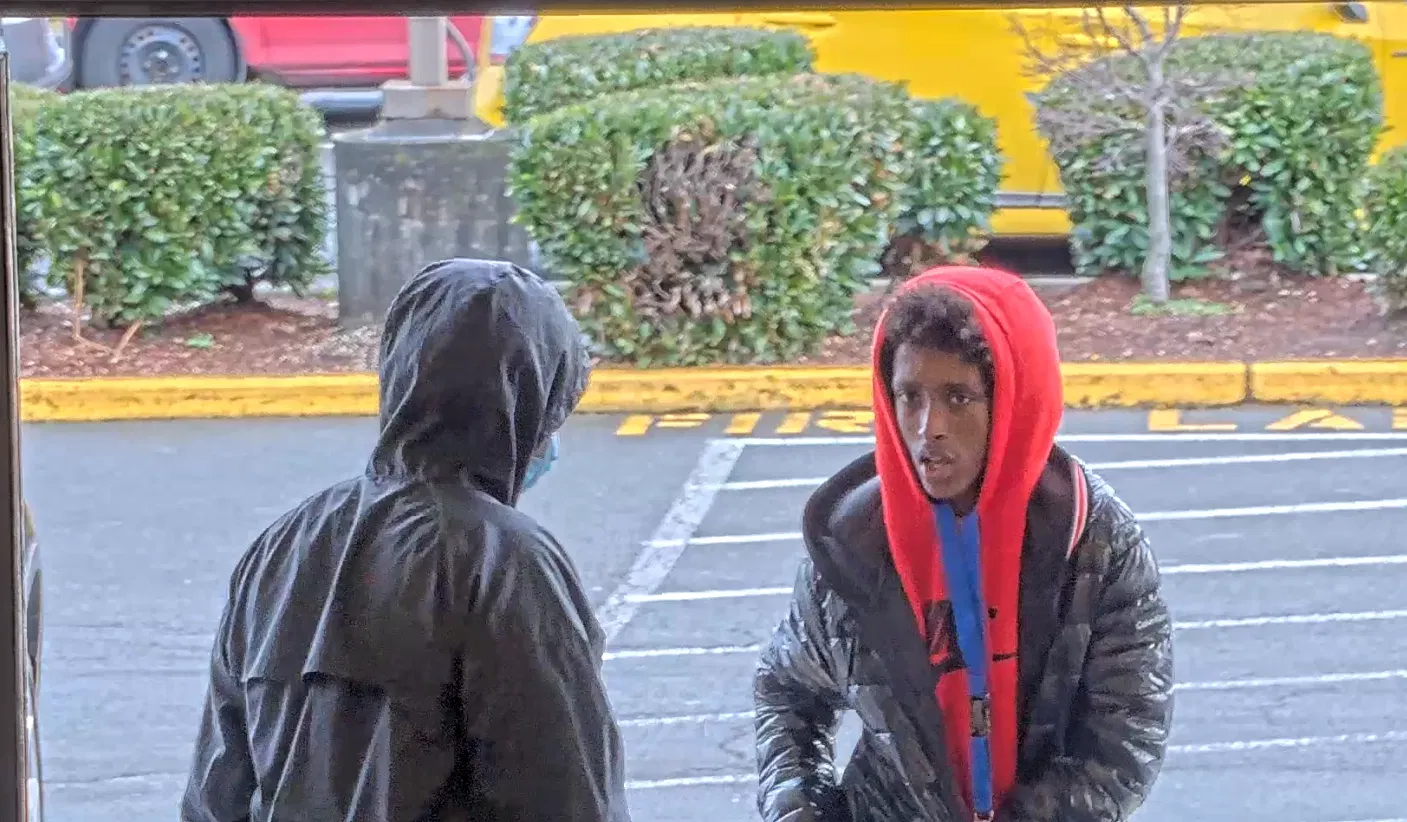
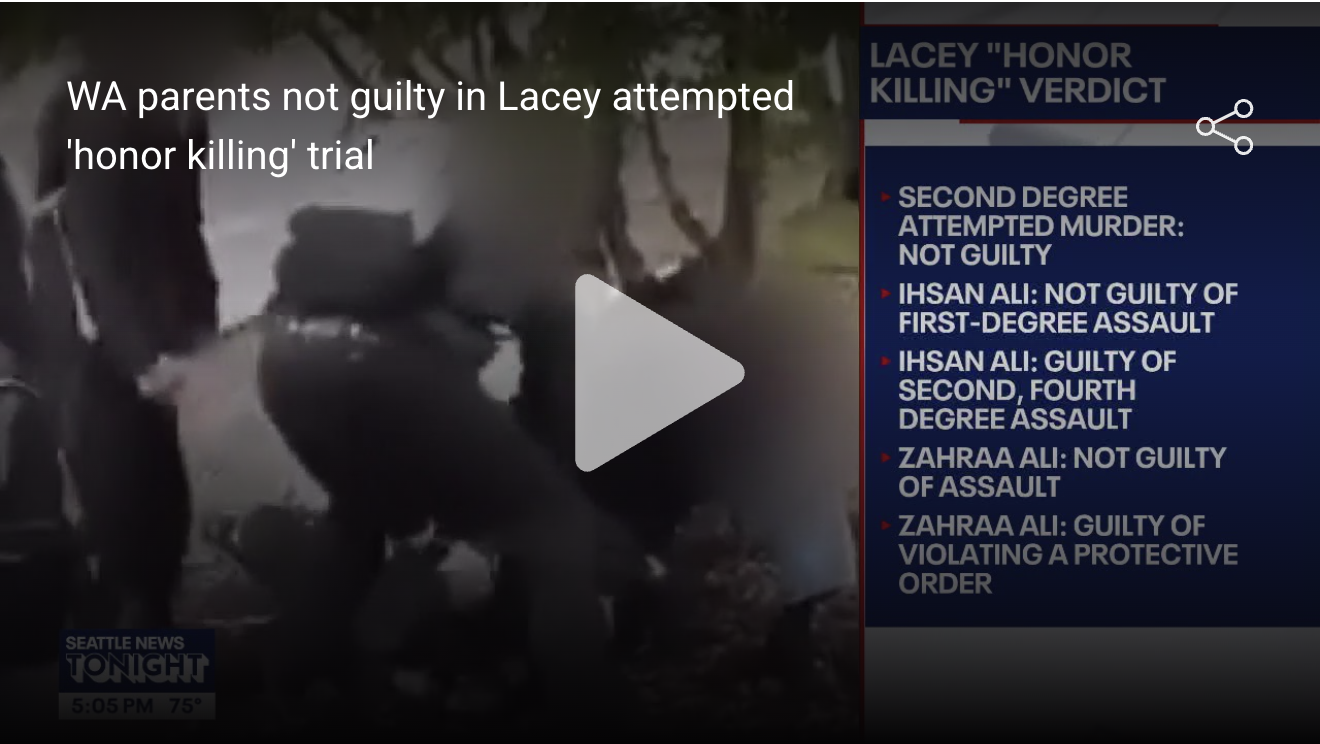
Leave a Reply